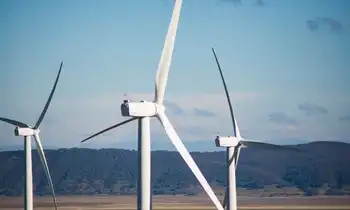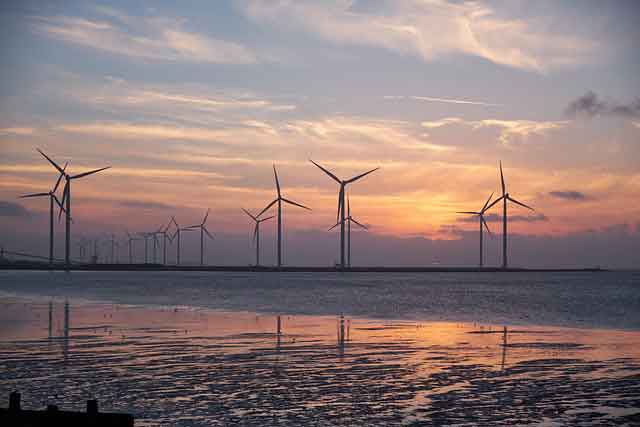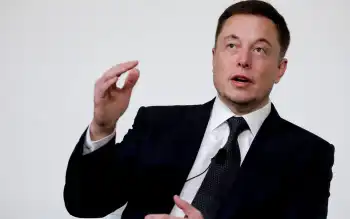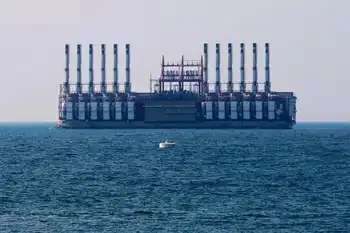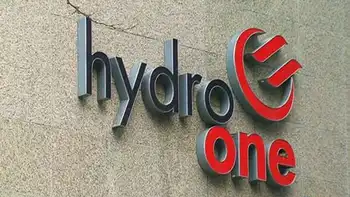GM pins its future on the Volt
By ABC News
CSA Z463 Electrical Maintenance -
Our customized live online or in‑person group training can be delivered to your staff at your location.

- Live Online
- 6 hours Instructor-led
- Group Training Available
After 76 years at No. 1, GM now trails Toyota in sales, they bleed billions in losses and some focus groups say they like their cars better when the logo is removed.
But right now, in a couple of rooms outside Detroit, GM's designers and engineers are desperately trying to pull off the automotive equivalent of the moon shot. It's an idea that could either change the world or spell doom for a once mighty American brand.
It is called the Chevy Volt - and, if it works, it will mean the average commuter could go months between fill-ups, making the Prius look like a gas-guzzler.
Right now, the most efficient hybrids only get a battery-powered boost at low speeds. Most of the time, they still burn gas. The Volt would be the first car to flip that equation by running solely on electricity, using a small gas engine not to move the wheels but recharge the battery.
Plug it in to any outlet overnight and it will go 40 miles without a drop of fuel, 650 miles on a single fill-up. At least that was the promise when the Volt concept was unveiled.
"This isn't about science projects," GM CEO Rick Wagoner told press during the car's unveiling. "This is about creating cars and trucks propelled in an efficient manner that people really want to own."
Twenty months later, designers and engineers are frantically trying to live up to that promise to put tens of thousands of Volts in showrooms by 2010. Many industry experts say there is no way that can happen.
"A conventional car takes three to four years to fully develop, engineer and bring to market, and that's using conventional technology," said Csaba Csere, editor in chief of Car and Driver magazine. "The Volt is on a similar time frame, but there's a lot more engineering and technological work to do. It's definitely a risk."
As a sign of their urgency and desperation, GM blew up the normal bureaucracy and secrecy that goes into designing a new car. They won't show us the entire Volt-in-progress, and even a glimpse is unheard of in Detroit design studios. But it is the only way to prove their ambition is real.
Michael Simcoe, executive director of exterior design at GM, spoke about the pressure to finish the Volt. "The bigger pressure is lost every day in getting it right, getting the design details right. If you sit back at night and think about it - 'yeah this is a game changer' - that's kind of terrifying at times."
The finished product will look more like a typical four-door than the car-show concept, but GM is striving for futuristic touches.
The interior of the care is reminiscent of iPod chic. But the iPod-esque interior and the sleek aerodynamics won't matter if the battery can't perform well. Technology has come a long way in the lithium-ion age - your cell phone is proof - but we've yet to see a battery light and durable enough, as well as powerful and affordable enough, to power a car 40 miles, which is much less than the 100,000 miles over the life of a vehicle.
Denise Gray, director for GM's Hybrid Energy Storage Systems, pointed out the variables under which the battery would have to perform: "Can it live under hot temperatures down in Phoenix? Can it live in cold temperatures up in Northern Canada? Can it operate where I charge it halfway?
With fingers crossed, Gray and her engineers are constantly testing varieties from different battery suppliers. And when asked if she'll make the deadline, she is far from emphatic.
"The target date is the end of 2010 definitely, but again, the proof points will come to us, as we go along, to really confirm if that's really going to come to fruition," she said.
A few of her team members worked on the EV1, GM's first electric car unveiled in 1996 and one of the company's most painful marketing failures. But from those ashes came valuable knowledge: 1,200 pounds of lead acid powered the EV1, but 10 years later, the Volt's battery would be a third of the size.
Would that mean that perhaps in 20 more years, we could have a car battery that looks like a car battery? "Absolutely," Gray said.
When Simcoe, GM's executive director of exterior design, was asked how he will mark the event of seeing the Volt actually drive down the road, he laughed and responded, "Those of us who do might have a drink or two."
But will it actually work?
"It's going to work, don't worry about that," said Simcoe resolutely. "No alternative."





